
By
Raphael Santos
June 21, 2023
Updated
September 12, 2023
Source: Frame Stock Footage/Shutterstock
Top skills and the educational programs for data architects
This role is disrupting the Internet of Things (IoT) sector and several businesses have successfully implemented IoT data architecture solutions, realising significant benefits in terms of improved operational efficiency, enhanced customer experience, and increased revenue.
One such example of successful IoT data architecture implementation is General Electric's (GE) digital twins solutions to predictive maintenance. GE has installed sensors on its jet engines, gas turbines, and other equipment, generating vast amounts of data that were previously untapped.
By analysing this data in real-time and predicting equipment failures before they occur, GE has been able to save millions of dollars in maintenance costs and reduce unplanned downtime significantly.
This article will explore the critical role of data architects across various industries as well as the in-demand skills to look for when hiring them. We'll also look at some of the challenges facing data architects in managing IoT data and the emerging markets leveraging this exciting technology.
The role of data architects in the age of IoT
Architect vs engineer: the battle of data
In the world of IoT data management, two roles that are often compared and sometimes confused are data architects and data engineers. While both are responsible for designing and implementing data infrastructure, their areas of focus and core responsibilities are different.
A data architect is responsible for designing the overall architecture and framework of an organisation's data infrastructure. This includes developing strategies for data modeling, data governance, and ensuring that the data can be easily accessed, analysed, and visualised.
They are responsible for identifying the business requirements and designing logical data models that meet those requirements. Additionally, data architects are responsible for creating the business glossary and ensuring that the organisation's data adheres to common business vocabulary.
On the other hand, a data engineer focuses on implementing and maintaining the infrastructure outlined by the data architect. They have expertise in implementing data management systems and the database structure.
They are responsible for ensuring that data flows smoothly across systems and developing ETL (Extract, Transform and Load) processes to transfer data between systems. These engineers focus on scaling data storage solutions, monitoring, and optimising query performance.
Collaboration between the data architect and data engineer is essential for effective IoT data management. For example, a data architect might design a logical data model for an organisation that includes key data entities and their relationships. The data engineer would then take that model and implement the necessary database systems and data storage solutions to store and manage that data.
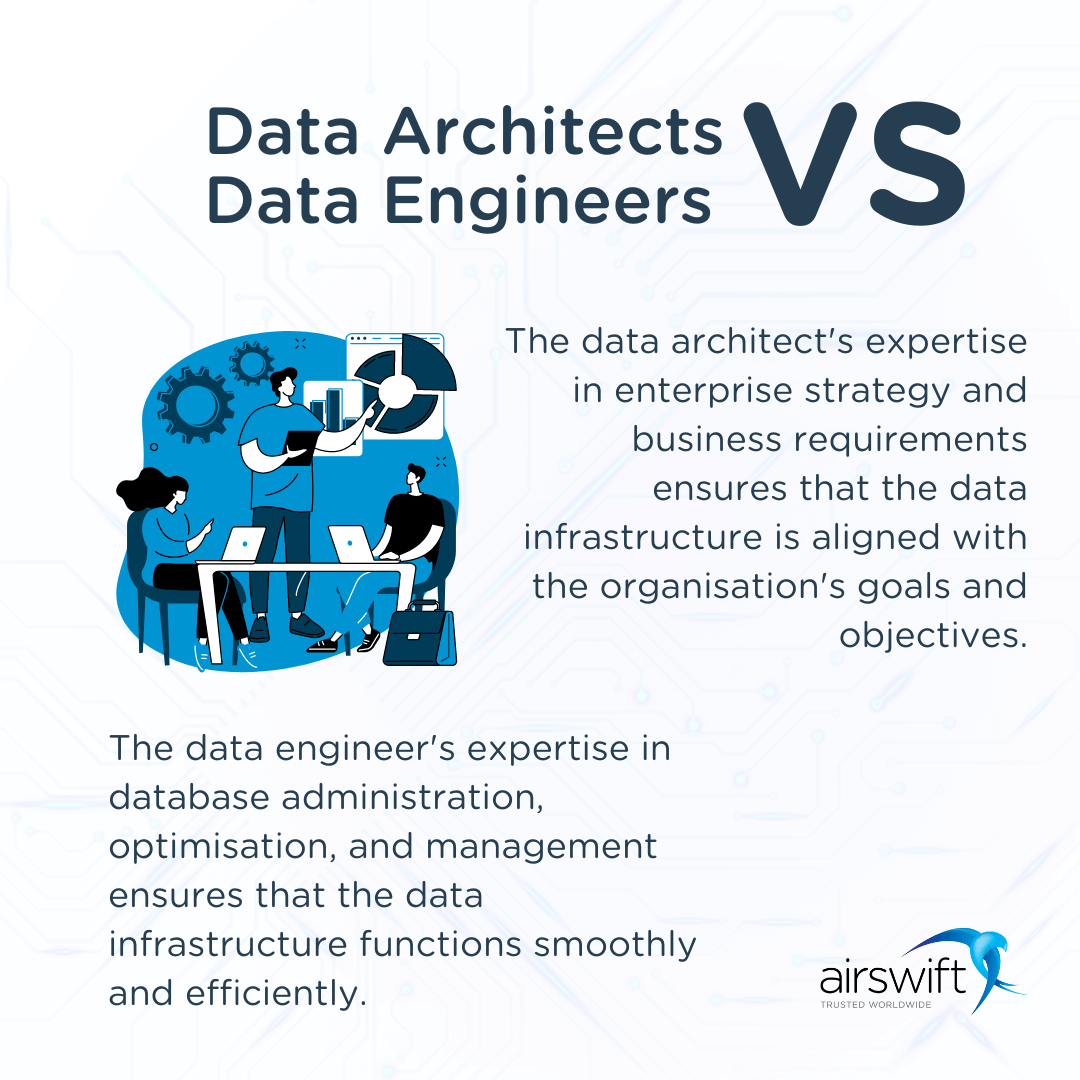
Data analyst or data architect: who owns data?
While these roles may sound similar, they require fundamentally different skills and approaches to work effectively. They are typically in charge of:
- Defining and maintaining the overall structure of the data.
- Creating visualisations that make the data accessible and understandable.
- Ensuring that the data is governed and managed effectively.
Data architects have in-depth knowledge of the technical architecture of data, including databases, software configurations, cloud platforms, and other technologies. They also work closely with business stakeholders to understand their requirements and translate those requirements into data models.
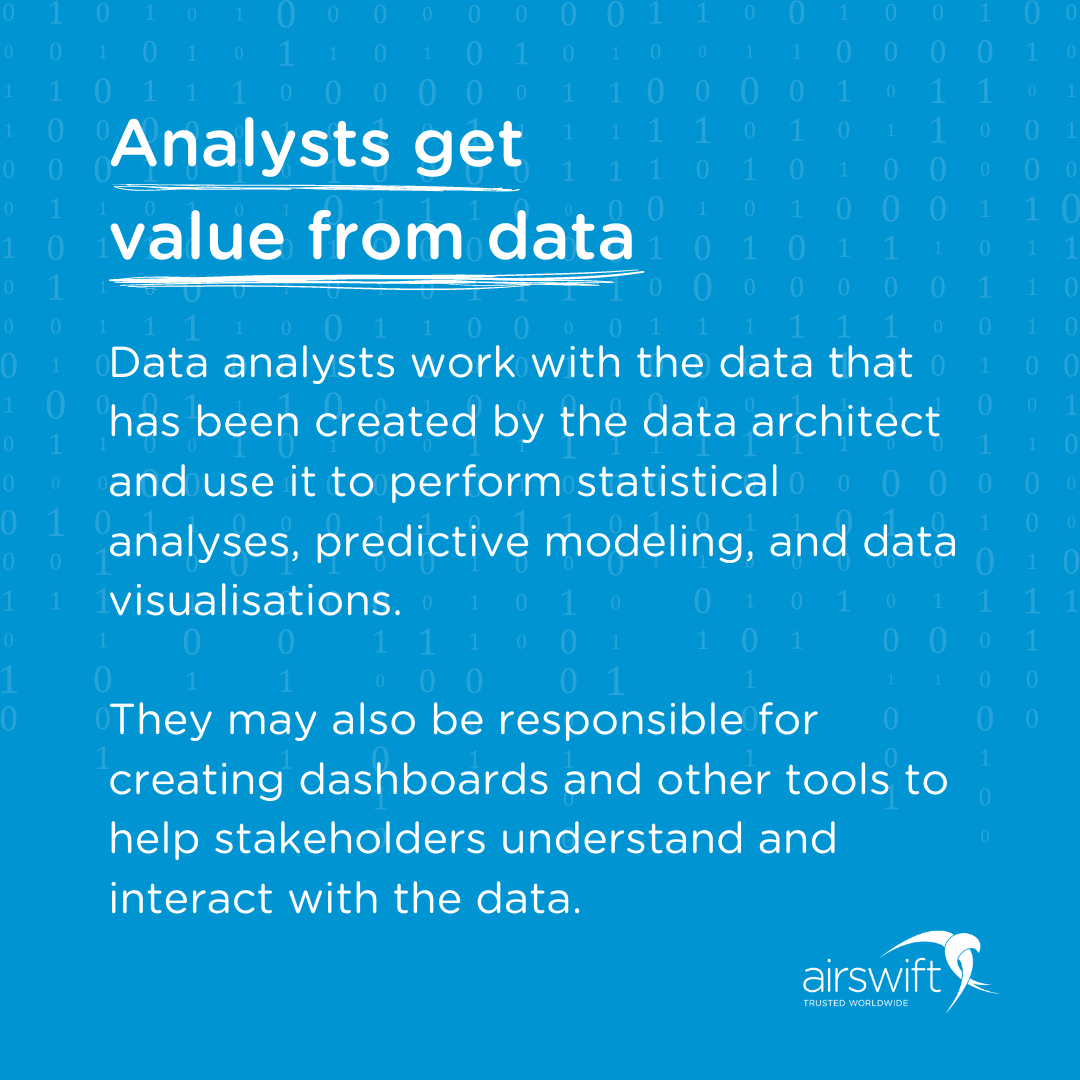
In contrast, a data analyst primarily analyses data to derive insights and make recommendations that drive business decisions. So, in a nutshell, data architects are responsible for creating the infrastructure, while data analysts derive value from it.
Key skills and traits of a successful data architect
Data architects need a diverse set of hard and soft skills to succeed in their role. Hard skills such as a deep understanding of data structures, database management, and technical architecture are necessary for designing and implementing effective data management systems.
Similarly, a range of soft skills including communication, analytical thinking, collaboration, and leadership skills are valuable in ensuring that data management strategies align with business goals and objectives.
Code magic: must-know languages for data architects
Proficiency in programming languages is a critical aspect of being a successful data architect. The ability to write clean, efficient, and scalable code in a variety of programming languages is an essential skill that separates good data architects from great ones.
- Java is one of the most commonly used programming languages in the field of data architecture. It is used for building enterprise-level applications and is highly suitable for creating complex data structures and algorithms.
- Python is another popular programming language, known for its simplicity and ease of use, and is mainly used for data analysis, data visualisation, and machine learning applications.
- SQL is also vital for data architects as it allows them to manipulate and manage databases easily. It is primarily used in managing relational database systems and creating efficient queries to extract relevant information from them.
- Scala is yet another programming language that is quickly gaining popularity in the data architecture community. Its main usage is in functional programming and is increasingly being used for data analytics and data streaming.
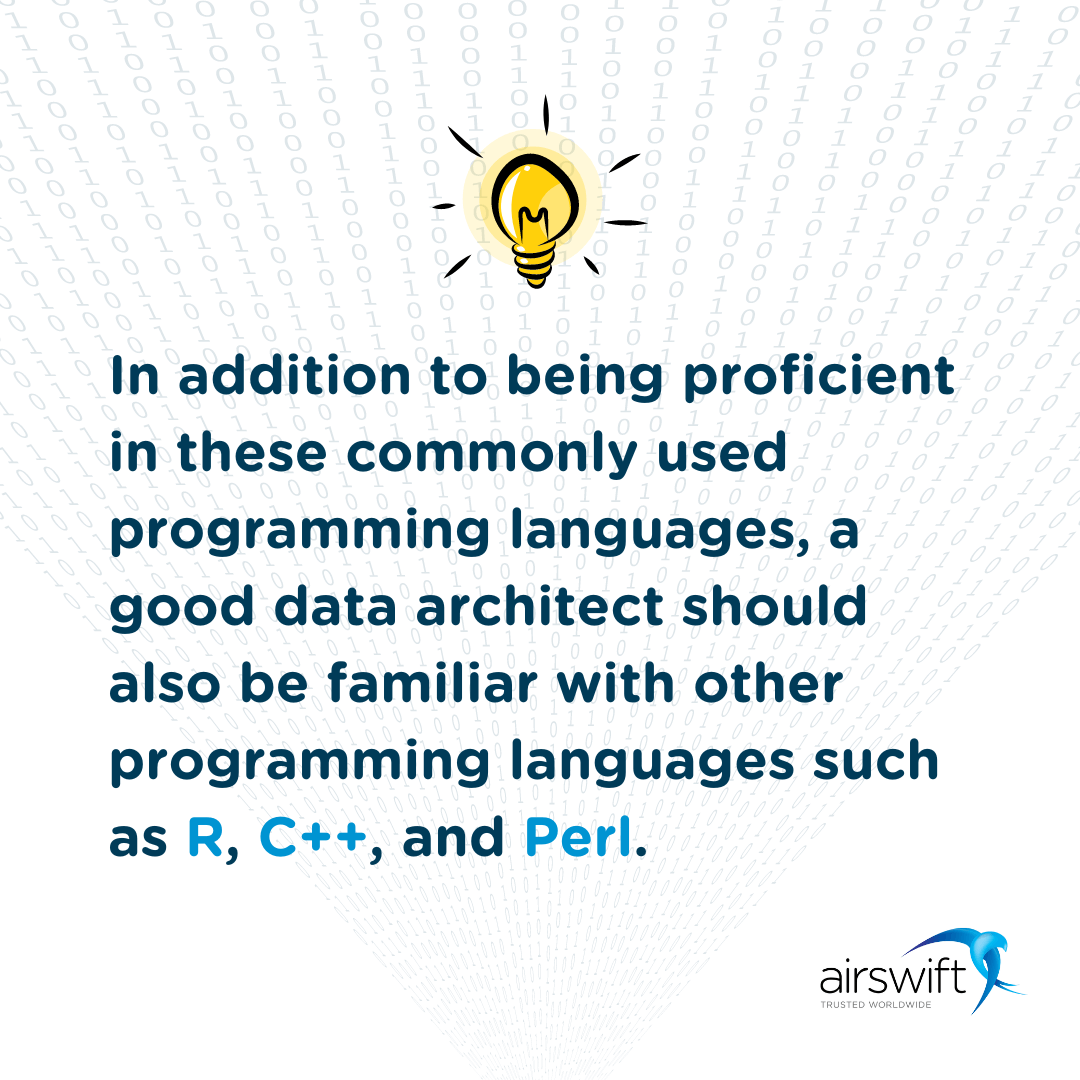
The ability to work with different languages allows data architects to handle a wide range of tasks and challenges.
Blueprints of big data: mastering data modeling & design
In today's data-driven world, it is essential to have an effective data infrastructure in place to support organisational growth.
Data modeling and design play a critical role in creating such an infrastructure, allowing organisations to understand their data assets and leverage them to make informed business decisions. This is where data architects come in – they are responsible for investigating data entities, exploring relationships and dependencies, and defining the best ways to organise data for further use.
Proficiency in database administration and SQL development is a must-have skill for data architects when it comes to data modeling and design. They need to have in-depth knowledge of database structure and management, enabling them to extract, transform, and load data from various sources into a database for further analysis.
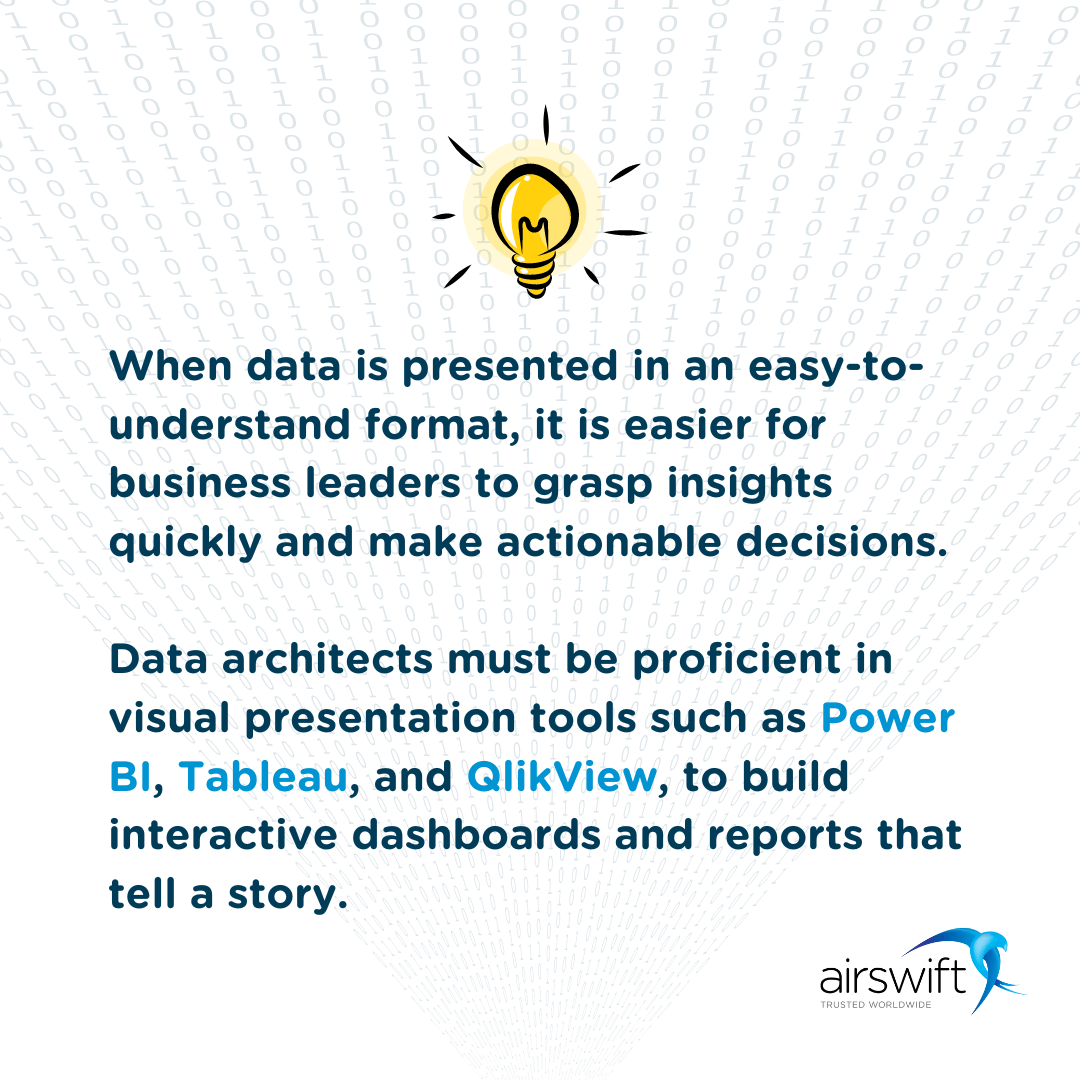
To create these models, data architects must be proficient in modeling tools such as Enterprise Architect, Erwin, and PowerDesign. These tools help in building a logical representation of the database, allowing architects to manage, manipulate, and analyse data efficiently.
A comprehensive data model ensures the consistency and quality of data across the entire organisation, providing a firm foundation for decision-making.
Metadata management: the art of data's full potential
A data architect must have a strong understanding of data lifecycle management and metadata to ensure data quality, compliance, and security. They should be experienced in creating data models, metadata systems, and pipelines, and have knowledge of metadata repository tools like IMS and Informatica Metadata Manager.
Developing data pipelines that can handle large amounts of data and maintain metadata integrity is crucial, and the data architect should be skilled in deploying tools like Apache Kafka, Apache Nifi, and AWS Glue.
Soft skills: the undervalued asset of data architects
Soft skills are essential for success as a data architect, including empathy, collaboration, multitasking abilities, problem-solving skills, and communication skills.
Data architects need even more nowadays the ability to communicate technical specifications to meet business requirements and manage multiple projects while prioritsing tasks and managing time effectively. They must also be able to convey technical concepts to non-technical stakeholders and write clear documentation.
Data architect certifications
The data architect career path requires a combination of education, technical skills, and work experience. Aspiring data architects can start as database administrators or systems engineers and progress into management and leadership positions. The average salary for a data architect is $129,524 in 2023, according to Payscale.
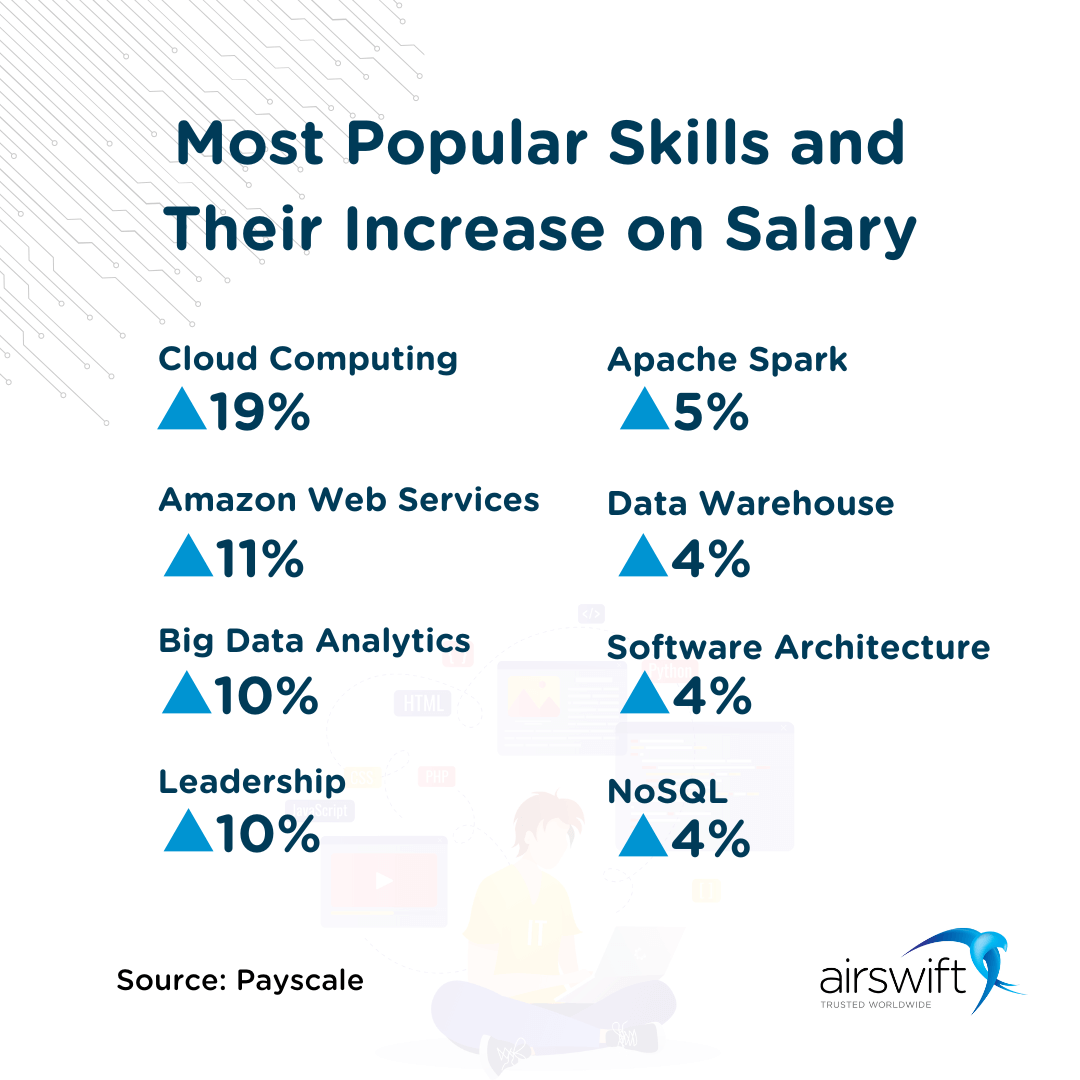
When it comes to data architect certifications, there are not many specifically designed for the role. However, there are certifications that can prove valuable for data architects. Certifications in data engineering and data analytics, for example, can be applicable for data architects.
Here are some valuable certifications to consider:
1. IBM Data Science Professional Certificate
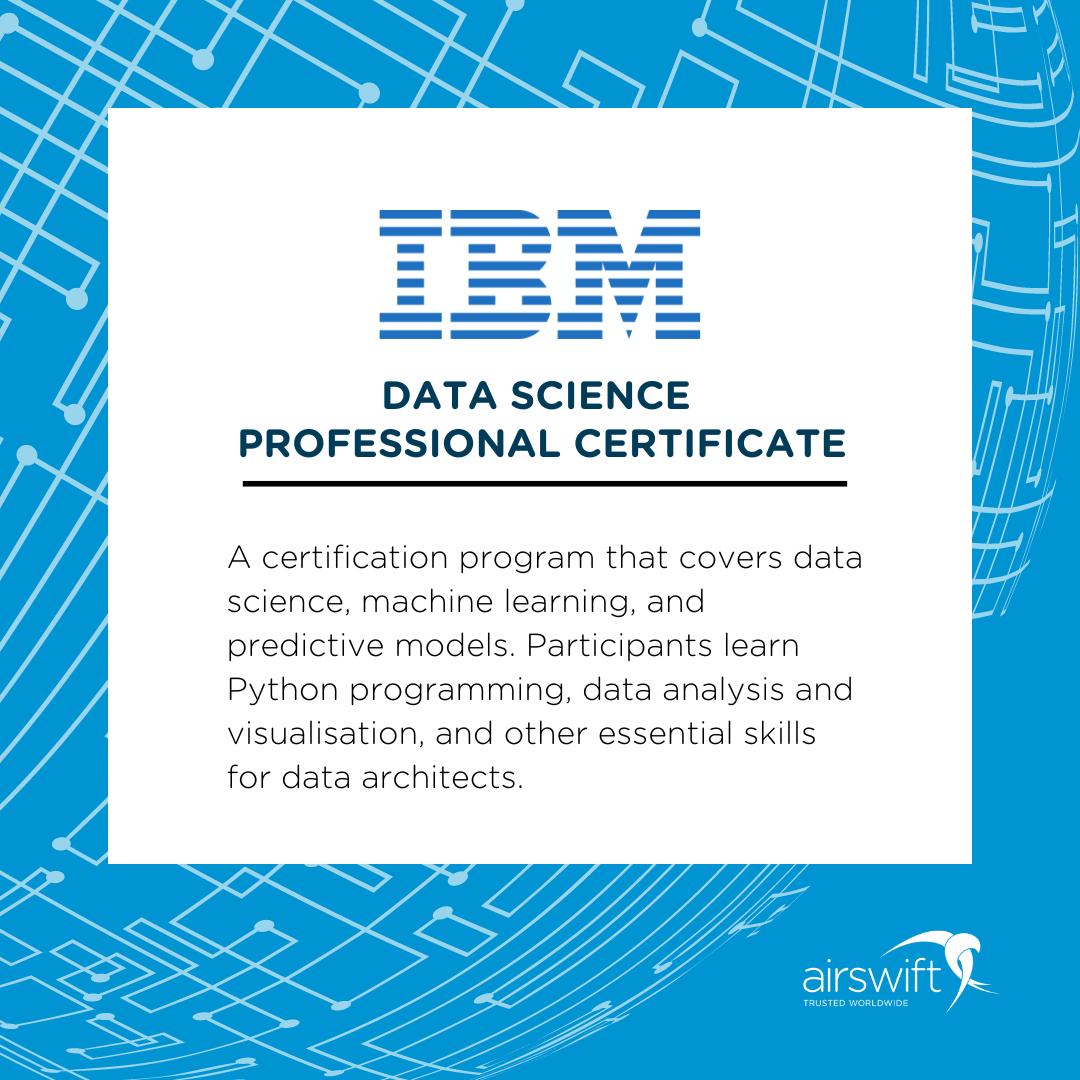
2. Microsoft Certified: Azure Data Engineer Associate

3. Certified Analytics Professional (CAP)
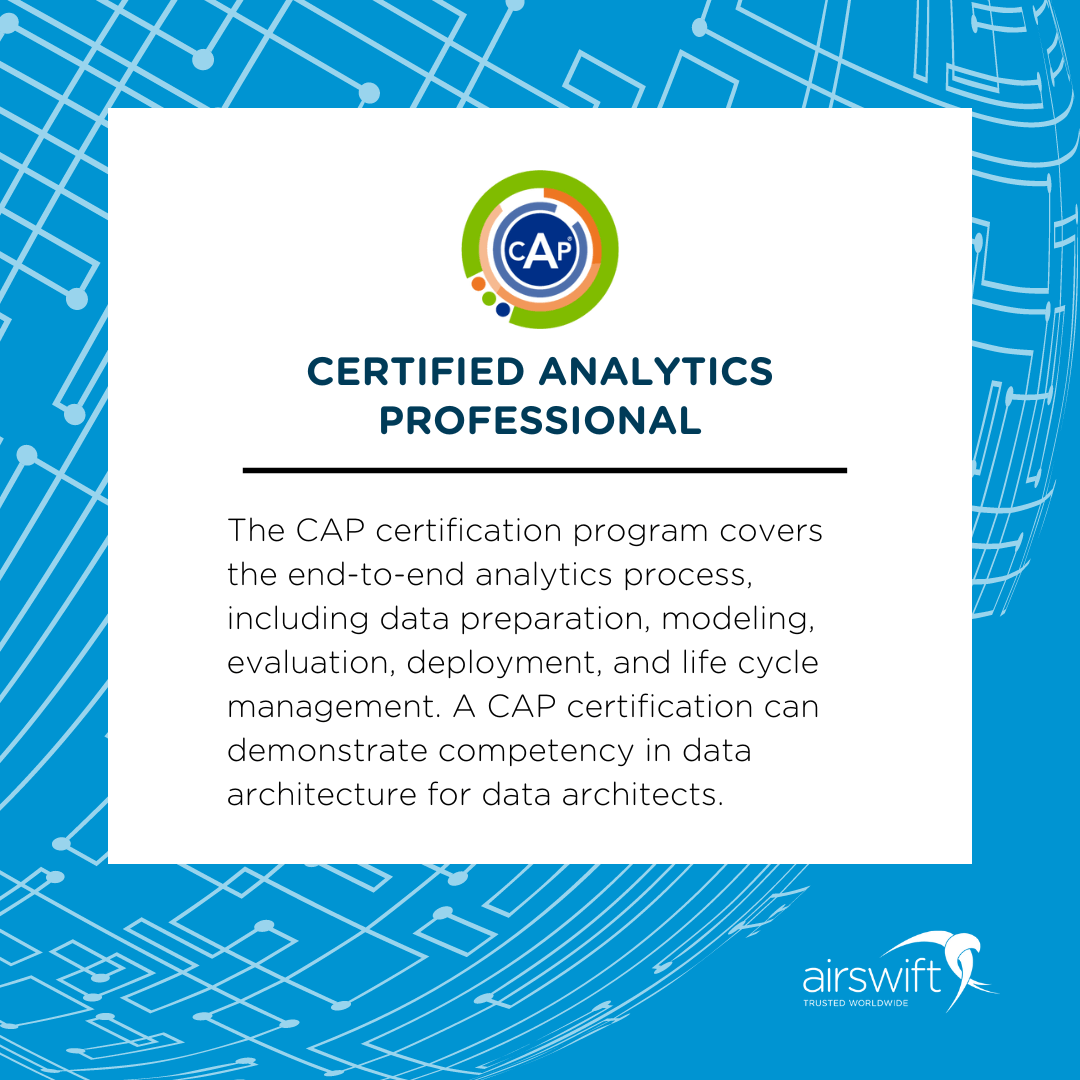
These are just a few examples of relevant certifications available. Depending on their needs and goals, data architects may choose to pursue different certifications.
Where to find top data archictects that can revolutionise IoT
Finding top data architects to revolutionise IoT can be a daunting task. However, it is crucial for organisations to seek out experts in this field to maximise their potential. In this article, you will find guidelines on where to find the best data architects who can design and implement cutting-edge IoT solutions that can transform your business.
Of course that if you're on the other side of this game, and are interested in becoming a data architect, enrolling in these top courses and programs can be a great way to gain the essential skills required for the job.
Here are some of the world’s top data science bootcamps
1. Springboard's Data Engineering Career Track
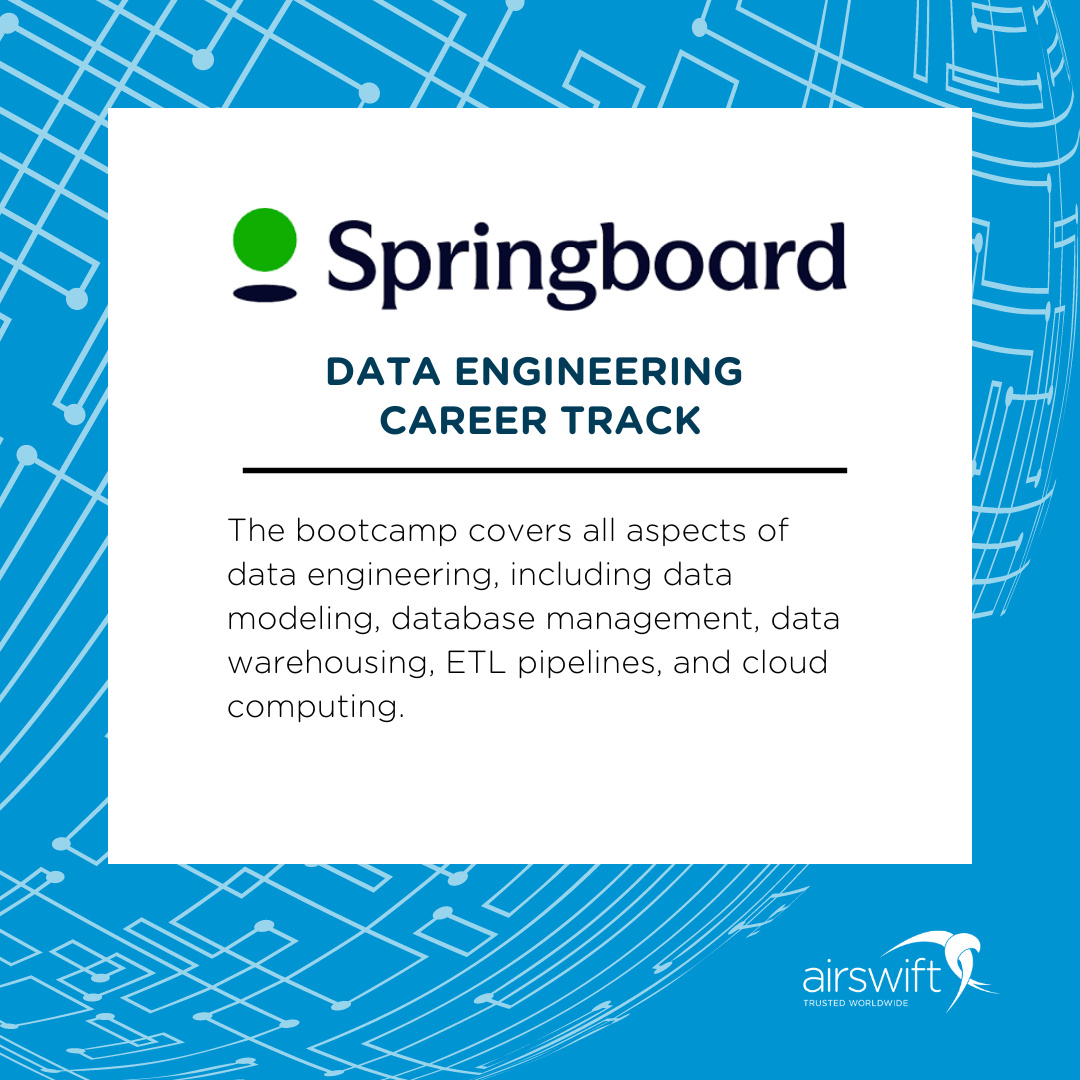
2. General Assembly's Data Science Immersive Bootcamp
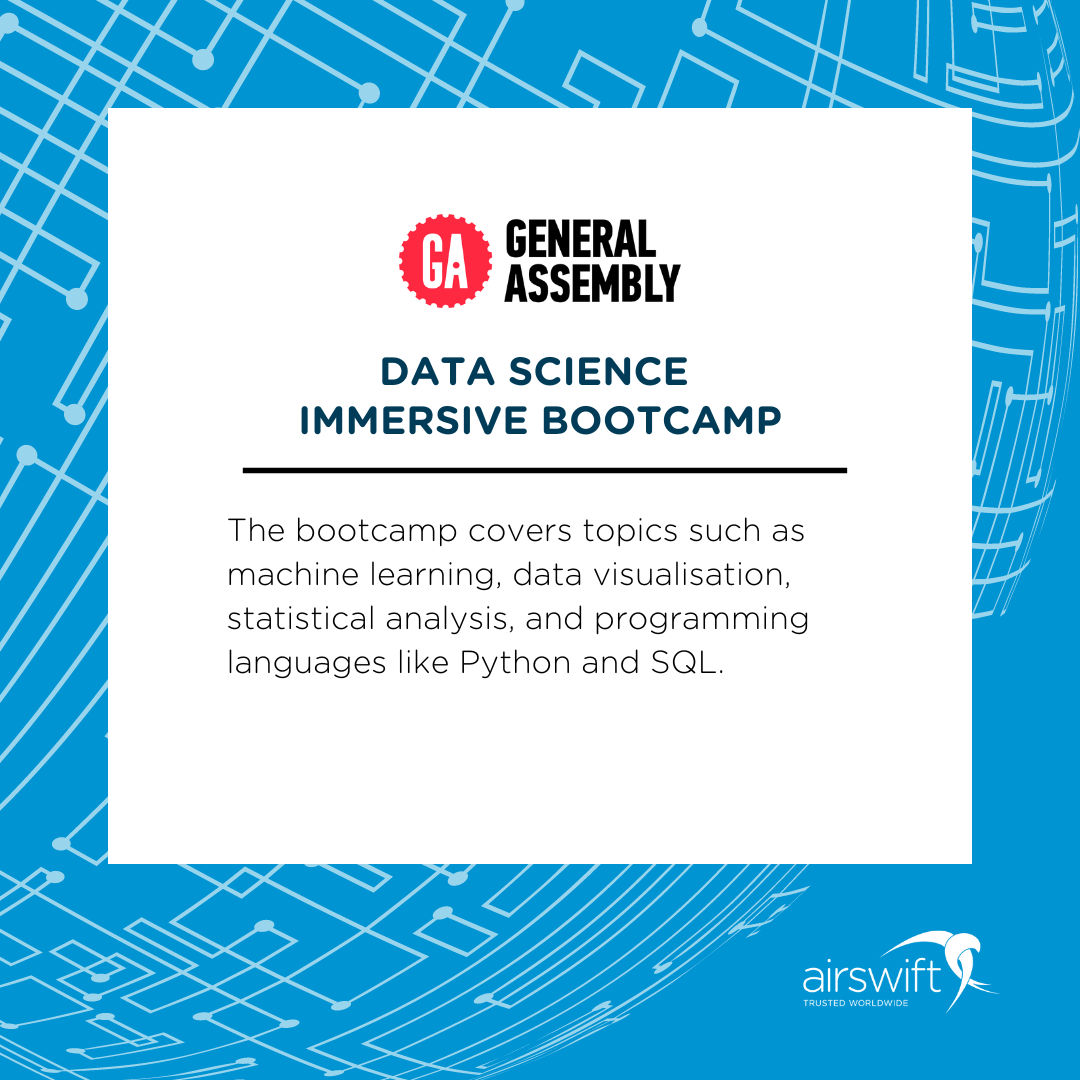
3. Flatiron School's Data Science Bootcamp
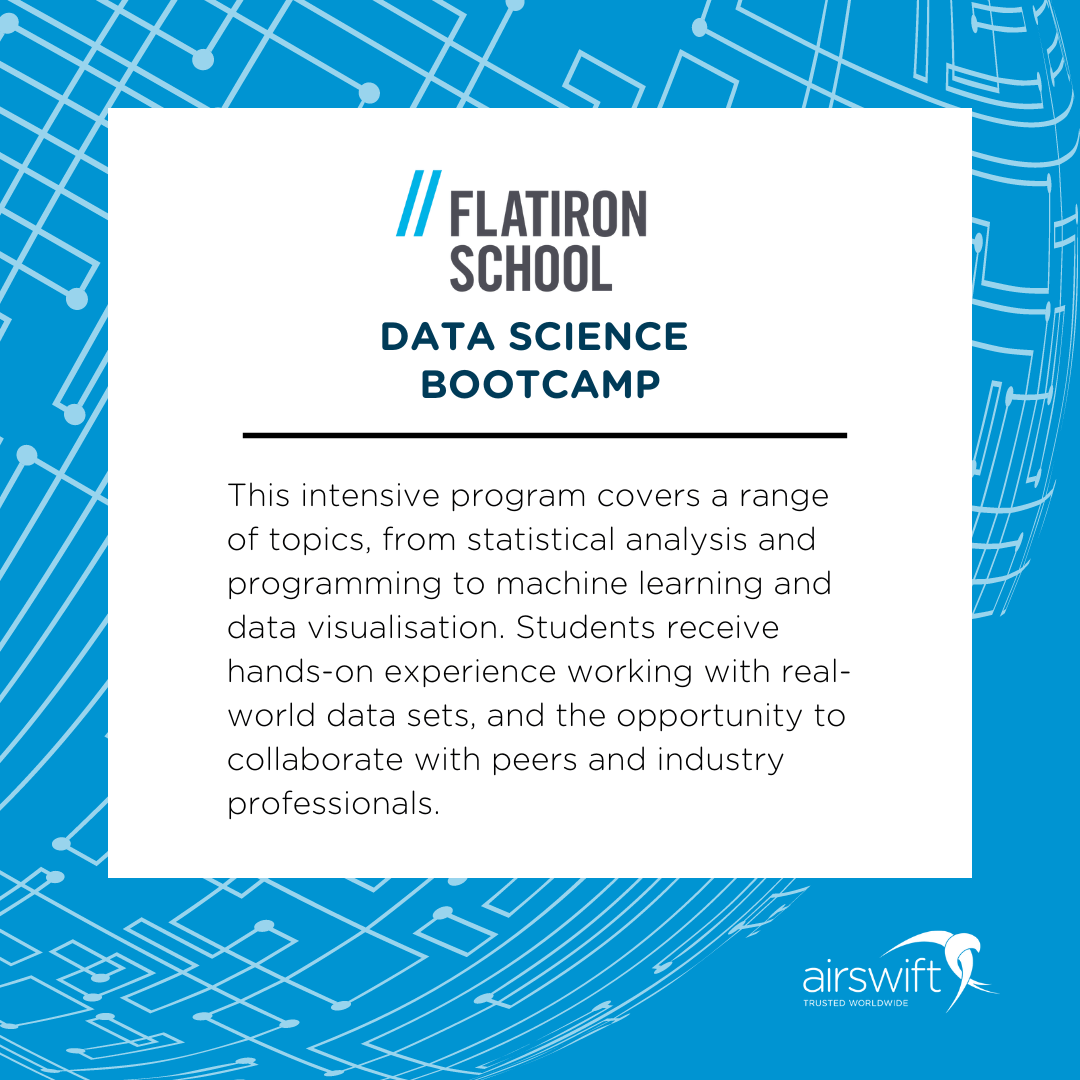
4. DataCamp

5. Metis Data Science Bootcamp
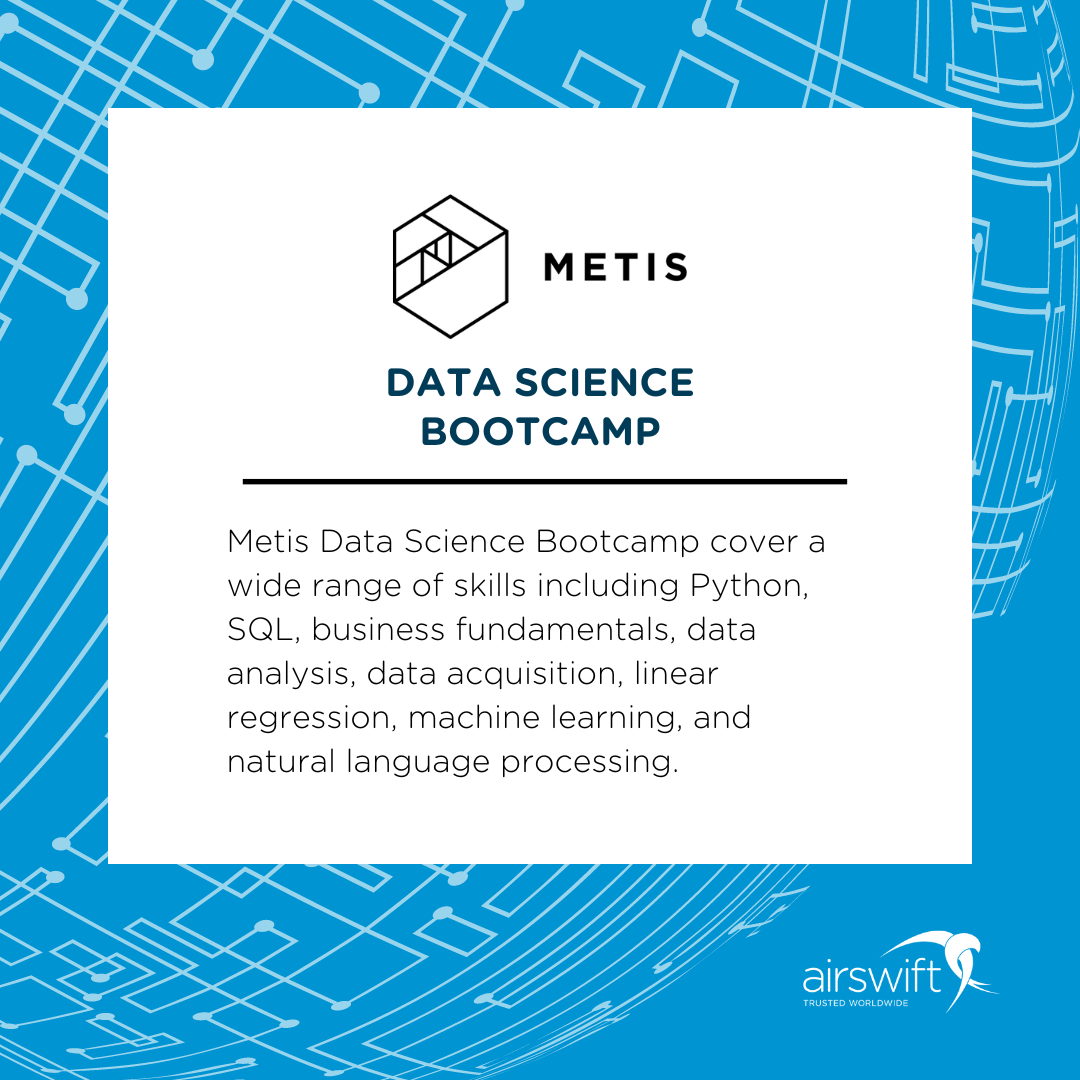
Enrolling in any of these bootcamps can be a great way to gain the essential skills required for a career as a data architect. Each of these programs covers topics such as application architecture, network management, and performance management, which are vital skills required for a data architect.
The top university programs worldwide for data science
1. University of California, Berkeley - Master of Information and Data Science (MIDS)
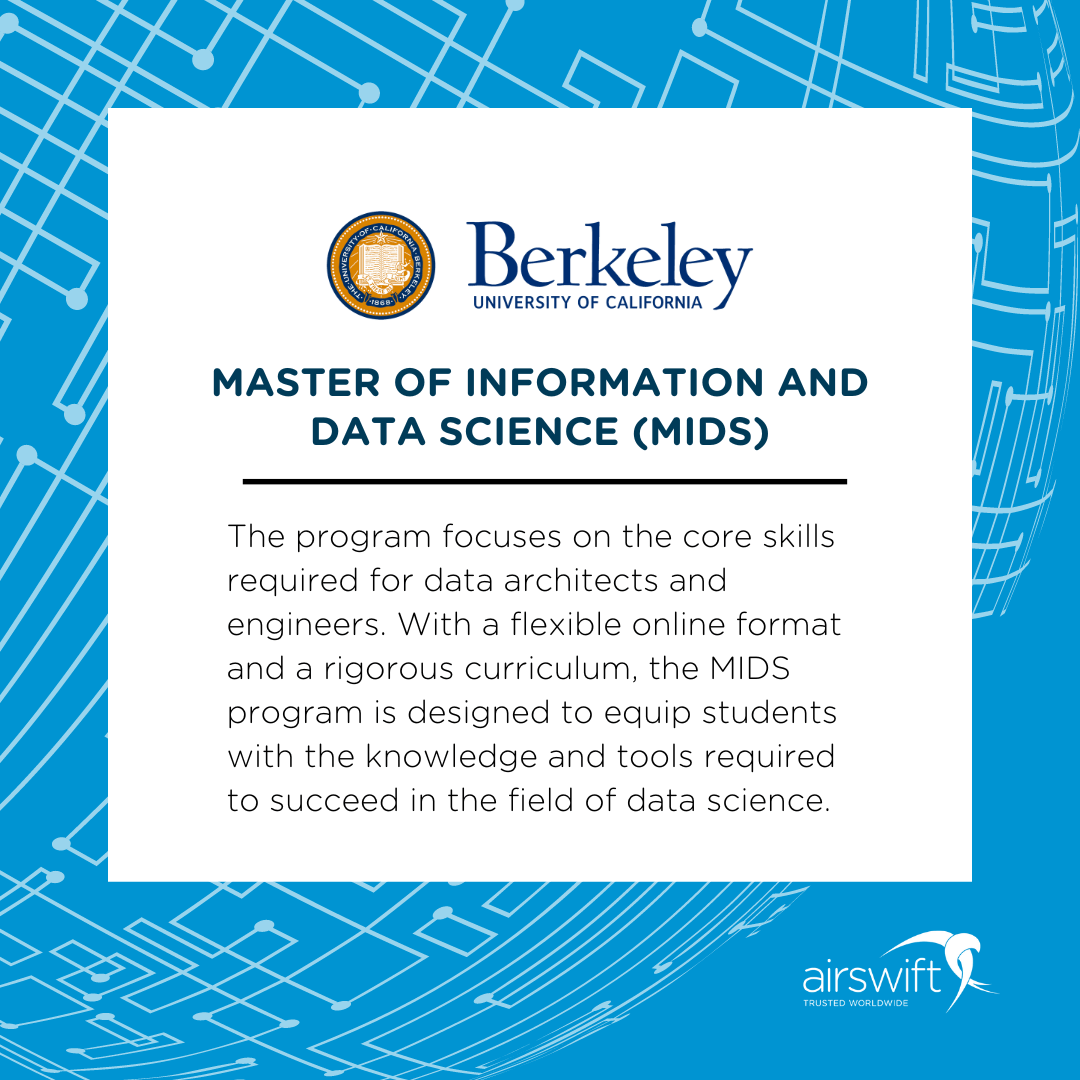
2. Carnegie Mellon University - Master of Science in Mobile and IoT Engineering
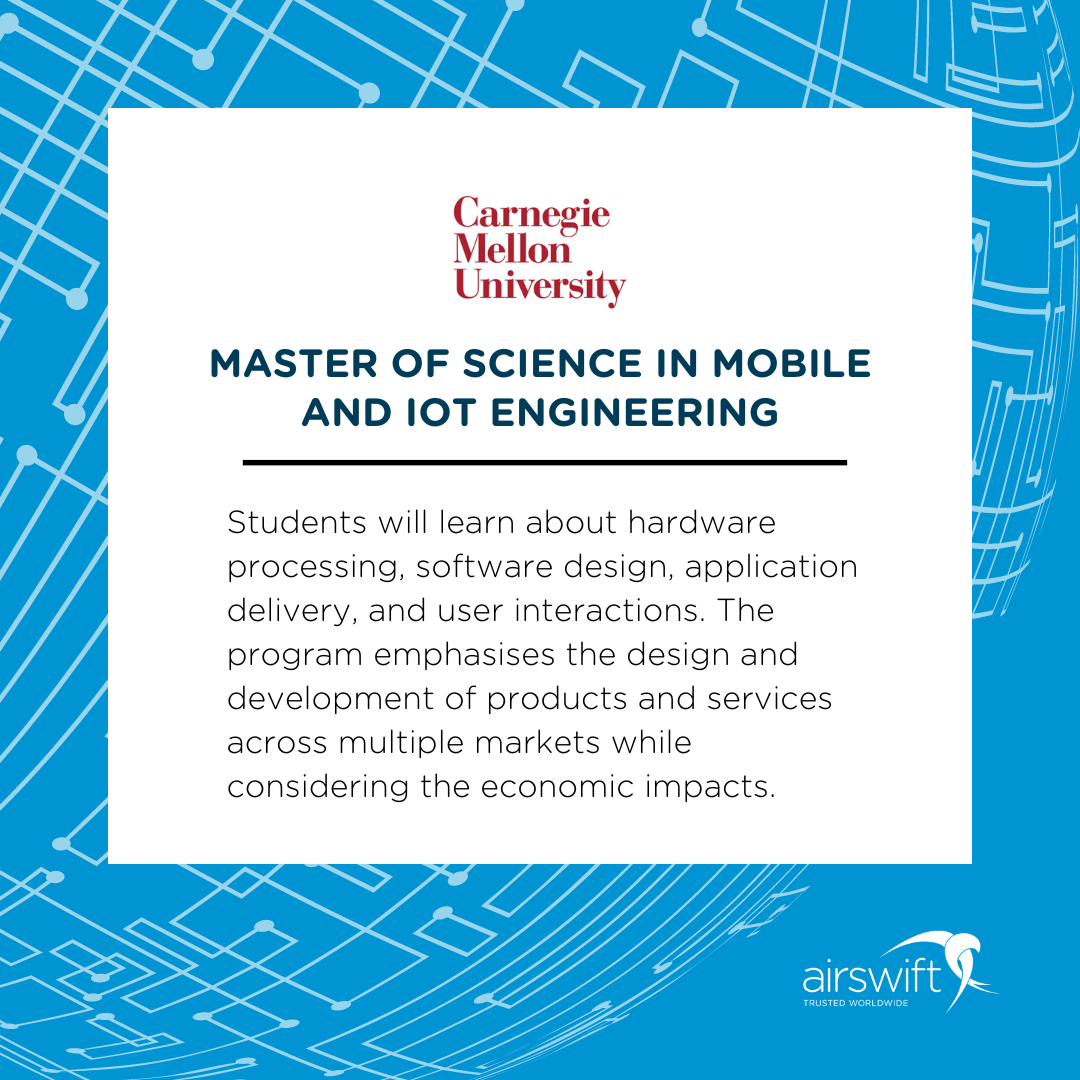
3. MIT - Master of Engineering
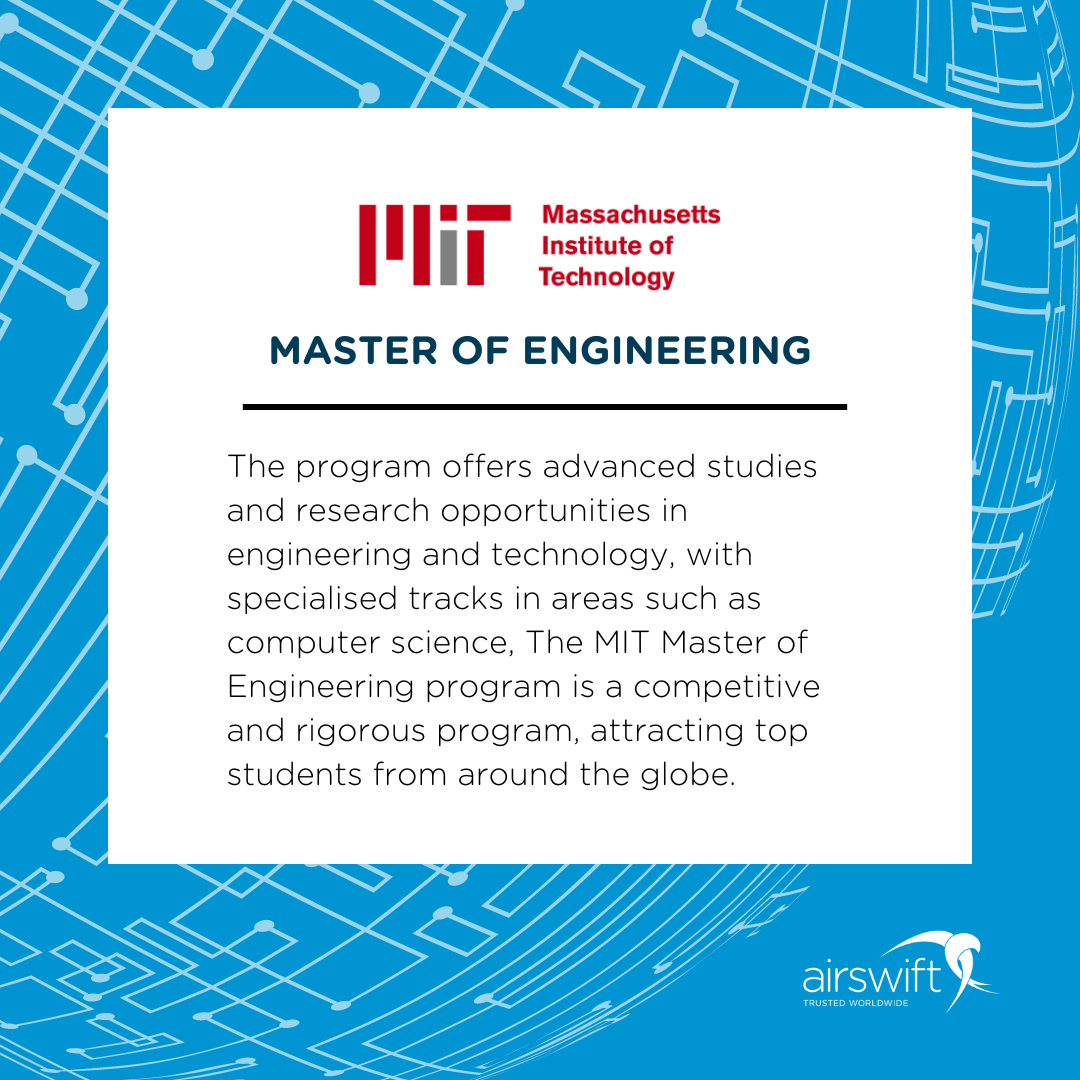
The top research programs for IoT
Several research programs have been contributing significantly to the advancement of IoT. The Industry IoT Consortium (IIC) is one such program that focuses on developing industrial IoT systems.
Additionally, the MIT Media Lab is another highly reputed research program that has been making significant contributions to IoT advancement. The lab primarily focuses on developing IoT devices and systems that can provide valuable insights into various applications of IoT.
Emerging technologies attracting the tech talent of the future
Video surveillance
Data architecture trends for video surveillance are rapidly evolving, driven by advances in technology and the increasing demand for security solutions across industries.
One of the latest trends is the integration of artificial intelligence and machine learning into video surveillance data architecture to improve analytics and real-time decision-making capabilities. This allows for the identification of anomalies and the detection of potential threats before they occur, resulting in improved security and cost savings.
Data architects can use new technologies such as blockchain and the Internet of Things to build efficient and secure architectures that comply with regulations. Blockchain can provide enhanced data security by creating tamper-proof digital records, while IoT can offer real-time monitoring and data collection.
However, working with sensitive data and complying with regulations present challenges for video surveillance data architecture.
Data architects must ensure that they are following compliance regulations such as the General Data Protection Regulation (GDPR) and the Health Insurance Portability and Accountability Act (HIPAA) while maintaining the confidentiality and integrity of sensitive information.
Successful implementations of video surveillance data architecture have resulted in improved business processes and cost savings for organisations. One example is the San Francisco International Airport, which implemented a video surveillance solution with advanced analytics capabilities that can alert security teams in anticipation.
Digital Twins
One of the primary drivers behind the rise of digital twins is the ability to simulate and optimise physical assets before they are built or installed. The use of digital twins in manufacturing, for example, enables designers to simulate the manufacturing process before it is physically implemented.
Defined as virtual replicas of physical assets, digital twins allow for live simulations, data analysis, and predictive maintenance to be carried out on physical assets without the need for human intervention.
In the healthcare industry, digital twins are being used to create virtual patients that can be utilised for medical research and simulations.
This technology is enabling healthcare professionals to better understand the impact of medical treatments and interventions.
This is particularly important in the current age of COVID-19, where the ability to simulate a patient's response to different treatments can save lives.
Find top tech talent for your IoT projects
As data architectures become increasingly complex, organisations need the right talent to develop and maintain these systems. We at Airswift can help your business find the best data architects in the IoT era.
With access to a global network of experienced engineers, developers, and IT specialists, Airswift can provide the high-quality talent organisations need for successful tech projects like those in the digital twin field.
Airswift has more than 9,000 contractors and over 60 offices worldwide. We offer a wide range of top services, such as project management and consulting, to ensure that projects are completed on time and within budget. With the right support from Airswift, your business can expect the perfect match within our engineering and technology expertise.


